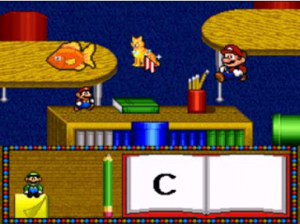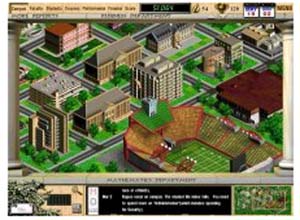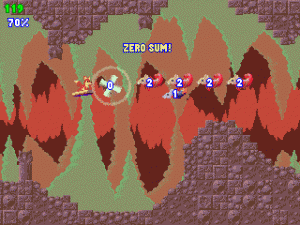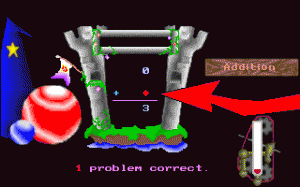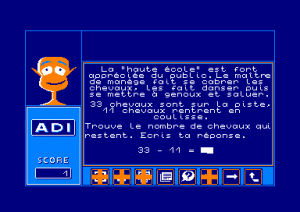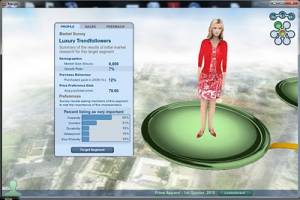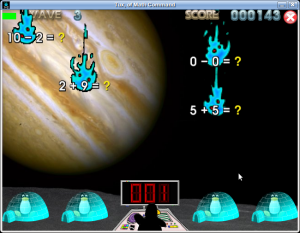Game Classification
Tragedy of the Tuna Eric W. Orts (U.S.A.), Wharton's Learning Lab (U.S.A.), 2007
Classification
SERIOUS GAME(Newsgame)
Keywords
Purpose
Besides play, this title features the following intents:- Educative message broadcasting
- Informative message broadcasting
Market
This title is used by the following domains:- Education
- Ecology
- Scientific Research
Audience
This title targets the following audience:Age : 17 to 25 years old
Students
Gameplay
The gameplay of this title is Game-based(designed with stated goals)
Similar games
 Based on Garret Hardin's 1968 paper "The Tragedy of the Commons," this simulation explores the notion that any resource that is open to everyone—such as the air or parts of the ocean—will eventually be destroyed because everyone can use the resource but no one is responsible for preserving it. In the Learning Lab's Tragedy of the Tuna each student (or team of students) is a country in control of a tuna fishing fleet and must make decisions about size and deployment of their fleet. As the game progresses, teams vie to stay afloat as competition for the shared fish population becomes more intense.
Based on Garret Hardin's 1968 paper "The Tragedy of the Commons," this simulation explores the notion that any resource that is open to everyone—such as the air or parts of the ocean—will eventually be destroyed because everyone can use the resource but no one is responsible for preserving it. In the Learning Lab's Tragedy of the Tuna each student (or team of students) is a country in control of a tuna fishing fleet and must make decisions about size and deployment of their fleet. As the game progresses, teams vie to stay afloat as competition for the shared fish population becomes more intense.
Game play is fairly straightforward. During each round, the teams must decide where to deploy their fishing boats. They can choose to send boats to either short range or long range fishing grounds, or they can even decide to keep some at home in their harbor. Teams can catch more fish in the long range grounds, but the cost is higher. In addition, the following tools can aid teams in their decision-making process:
* Interactive chat— teams can chat with each other to create or break alliances or to attempt to signal their intentions.
* Shipyard— teams can order new boats at a fixed cost. Once ordered, these boats become available in the next round.
* Secondary market— teams can buy and sell used boats from each other.
* Public and Private Contracts— teams can create public or private contracts which set limits on deployment and enforce penalties if contract requirements are not met.
Once all teams in a world have entered their decisions, the simulation calculates catches, costs, and profits and adjusts the world tuna population accordingly.
Distribution : Free
Platform(s) : Browser
 Français
Français English
English.jpg)
